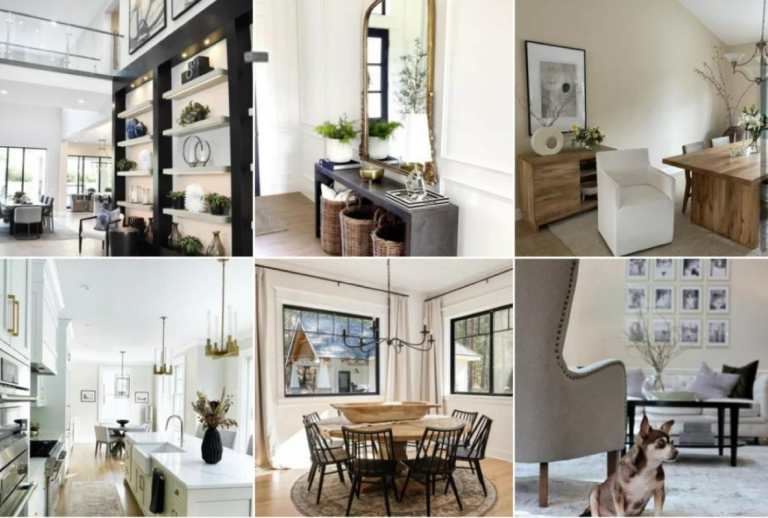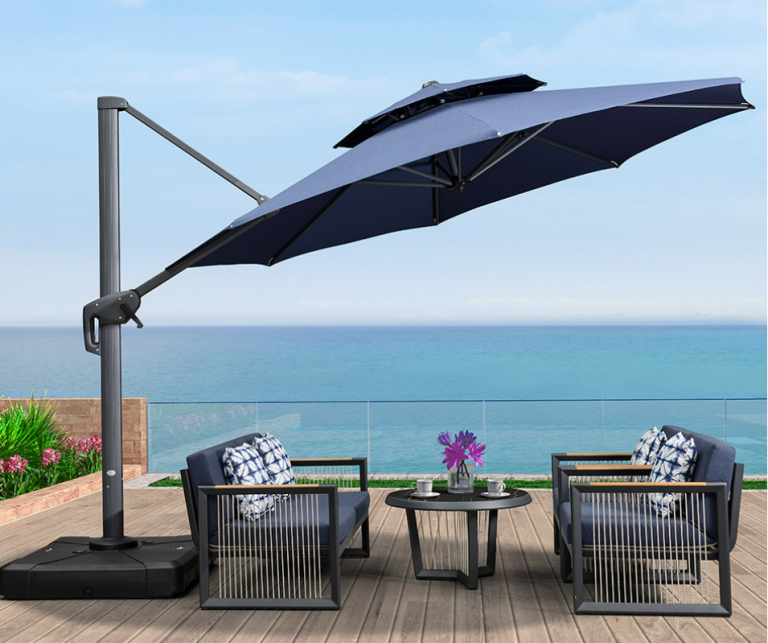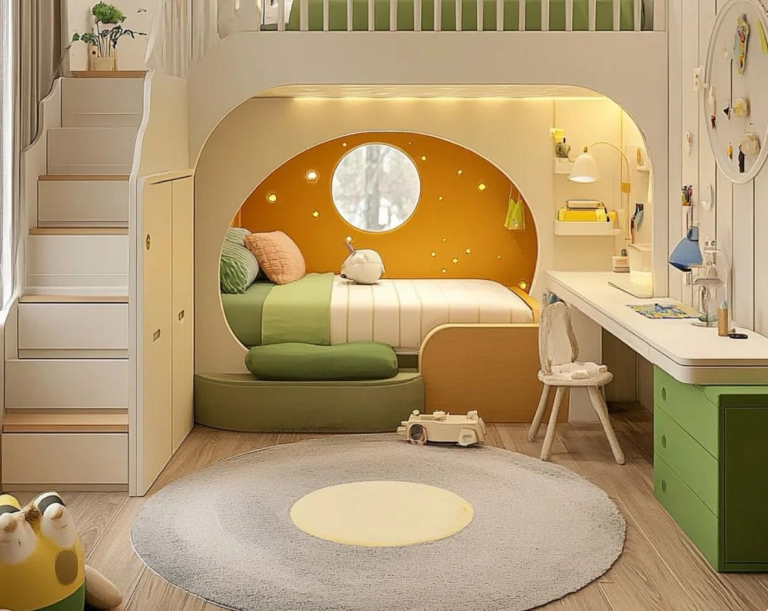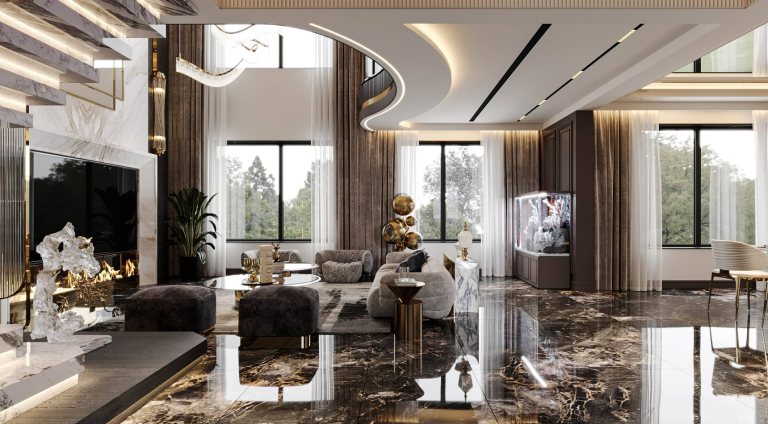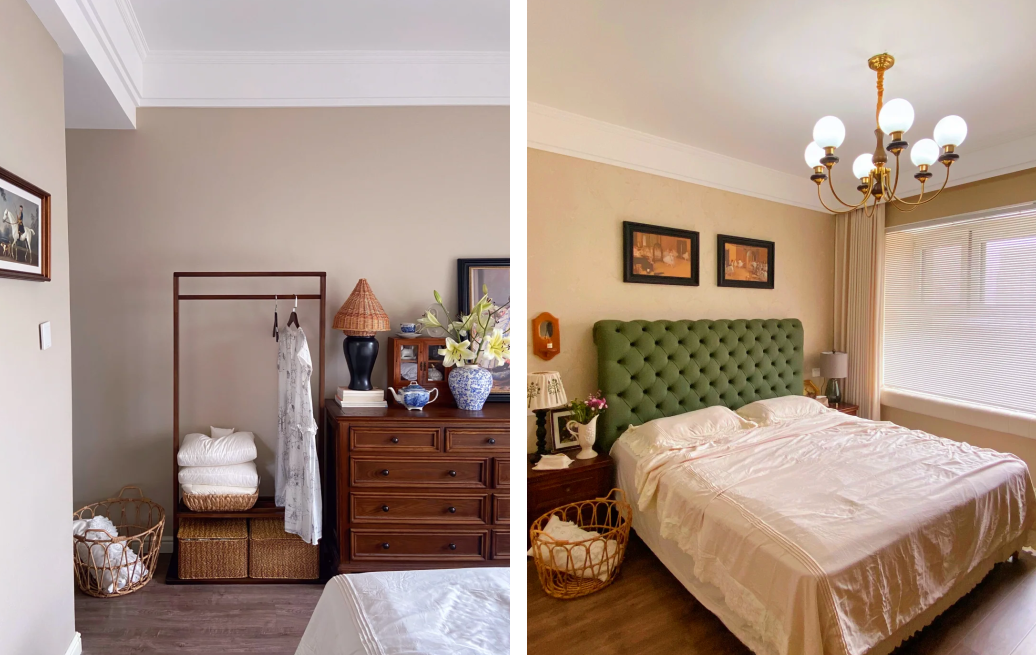
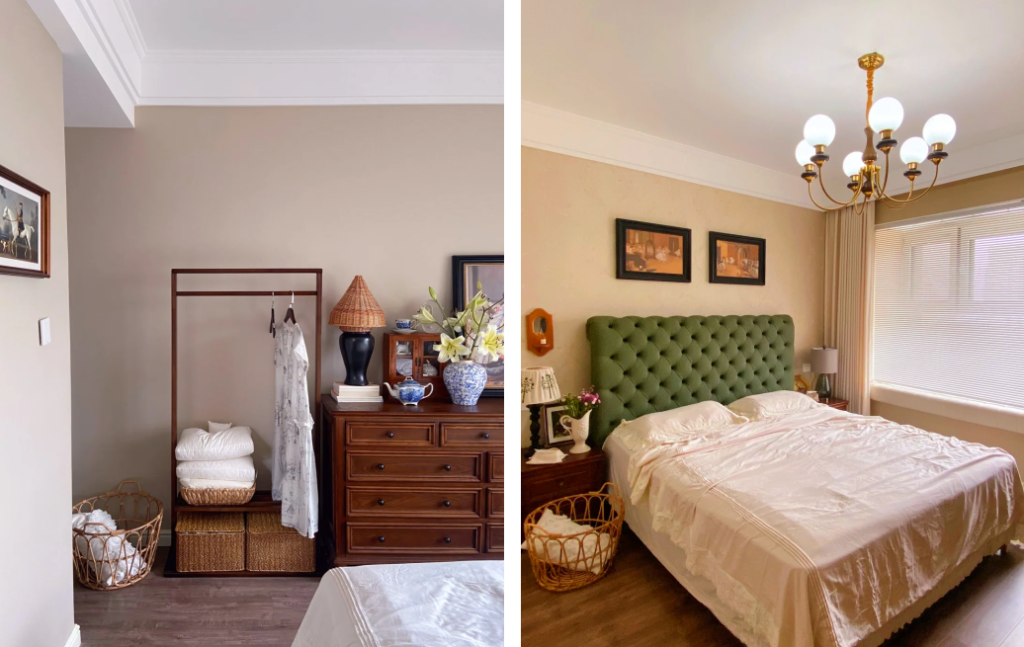
The Advantages and Pitfalls of Custom-Made Furniture: All You Need to Know in One Article
Introduction: The Rise of Bespoke Furniture in Modern Homes
In an era of mass-produced sameness, custom-made furniture has emerged as the ultimate expression of personal taste and functional design. Whether it’s a handcrafted walnut desk that fits your awkward home office nook perfectly or a sofa tailored to your exact seating preferences, bespoke pieces offer solutions that off-the-shelf options simply can’t match. But is custom furniture right for everyone? This comprehensive guide explores both the glittering advantages and sobering realities of going custom.
1. What Exactly Is Custom-Made Furniture?
Defining True Customization vs. Semi-Custom Options
- Full custom: Every dimension, material, and detail is specified by you (e.g., a dining table with exact leg style, wood type, and finish).
- Semi-custom: Limited modifications to existing designs (e.g., choosing fabric for a standard sofa frame).
The Difference Between Custom and Ready-Made
| Factor | Custom | Ready-Made |
|---|---|---|
| Fit | Perfect for odd spaces | Limited standard sizes |
| Quality | Artisan-grade joinery | Often particleboard construction |
| Lead Time | 8–16 weeks | Immediate delivery |
| Price | 2–5x retail cost | Budget-friendly |
2. The Undeniable Advantages of Going Custom
Perfect Fit for Your Space
- Built-ins that utilize every inch of an awkward alcove.
- Ergonomic heights tailored to your body (no more hunching over a standard desk).
Unmatched Quality and Craftsmanship
- Dovetail joints instead of staples.
- Solid hardwood frames rather than veneered MDF.
A Reflection of Personal Style
- Mix materials like brass inlays with cerused oak.
- Signature details such as hidden charging stations or pet-friendly fabrics.
3. The Potential Pitfalls You Can’t Ignore
Higher Costs: Is It Worth the Investment?
A custom dining table might cost 3,000–8,000 vs. $800 for a store-bought one. Ask yourself:
- Will this piece stay with me for 10+ years?
- Does it solve a specific problem (e.g., storage in a tiny apartment)?
Longer Lead Times: Patience Required
While IKEA delivers in days, custom orders take months. Not ideal if you’re furnishing quickly.
Limited Return/Exchange Options
Once crafted, most custom pieces can’t be returned. Thoroughly vet designs before committing.
4. Key Considerations Before Going Custom
Assessing Your Actual Needs vs. Wants
- Needs: A bed with under-storage for a studio apartment.
- Wants: Hand-carved floral motifs (adds cost without function).
Setting a Realistic Budget
Allocate funds wisely:
- Splurge on heavily used items (sofas, beds).
- Save on accent pieces (side tables).
Finding the Right Artisan or Company
- Local woodworkers: Great for one-off pieces (check portfolios).
- Specialized brands: Like Sabai (custom sofas) or The Joinery (heirloom-quality case goods).
5. The Custom Furniture Process Explained
Initial Consultation and Design Phase
- Bring room dimensions, inspiration photos, and a must-have list.
- Expect 3D renderings or hand sketches before production.
Material Selection: Wood, Metal, Upholstery
| Material | Best For | Considerations |
|---|---|---|
| White Oak | Dining tables, bookcases | Naturally water-resistant |
| Performance Velvet | Sofas, chairs | Kid/pet-friendly |
| Brass | Hardware, legs | Develops patina over time |
Production Timeline and Milestones
- Week 1–2: Finalize design
- Week 3–8: Crafting
- Week 9–12: Finishing/delivery
6. Popular Types of Custom Furniture Worth Investing In
Built-In Storage Solutions
- Window seat with hidden compartments.
- Floor-to-ceiling bookcases with adjustable shelves.
Statement Dining Tables
- Expandable designs with butterfly leaves.
- Live-edge slabs on powder-coated steel bases.
Ergonomic Home Office Pieces
- Standing desks with integrated cable management.
- Lounge chairs sized for your height.
7. Materials Matter: Choosing the Best for Longevity
Solid Hardwoods vs. Engineered Wood
- Hardwoods (walnut, cherry): Last generations but cost more.
- Plywood: More stable than MDF for large panels.
Metal Finishes That Last
- Powder-coated steel > painted (won’t chip).
Eco-Friendly and Sustainable Options
- FSC-certified woods.
- Recycled aluminum legs.
8. Design Tips for Functional Custom Furniture
Maximizing Small Spaces
- Murphy beds with fold-down desks.
- Nesting tables that tuck away.
Incorporating Smart Technology
- USB ports in bedside tables.
- LED-lit display cabinets.
9. Maintenance and Care for Custom Pieces
Wood Care and Protection
- Every 6 months: Apply beeswax polish.
- Avoid: Direct sunlight (fades finishes).
When to Seek Professional Restoration
For veneers lifting or structural cracks, don’t DIY.
10. Comparing Custom to High-End Retail Furniture
Cost Comparison Over 10 Years
- Custom solid wood dresser: $4,000 (lasts 30+ years).
- Retail “luxury” dresser: $2,500 (replaced in 7–10 years).
11. Real-Life Case Studies
Success: A custom L-shaped desk transformed a cramped home office.
Regret: A oversized sectional that couldn’t fit through the doorway.
12. The Future of Custom Furniture
3D Printing allows hyper-personalized designs.
Modular systems let you reconfigure pieces over time.
Conclusion: Making an Informed Decision
Custom furniture shines when it solves specific problems with heirloom quality. For temporary needs or tight budgets, retail may suffice. Choose wisely!
FAQs About Custom-Made Furniture
1. How much more expensive is custom vs. retail?
Typically 2–5x the cost, but lasts 3x longer.
2. Can I customize IKEA furniture instead?
Yes! Services like Semihandmade offer custom fronts for IKEA kitchens.
3. What’s the most common customization request?
Adjusting dimensions (e.g., a shallower-depth sofa for small rooms).
4. How do I ensure my design won’t look dated?
Stick to timeless silhouettes and neutral materials.
5. Are payment plans available for custom furniture?
Many artisans offer installment plans (ask upfront).
